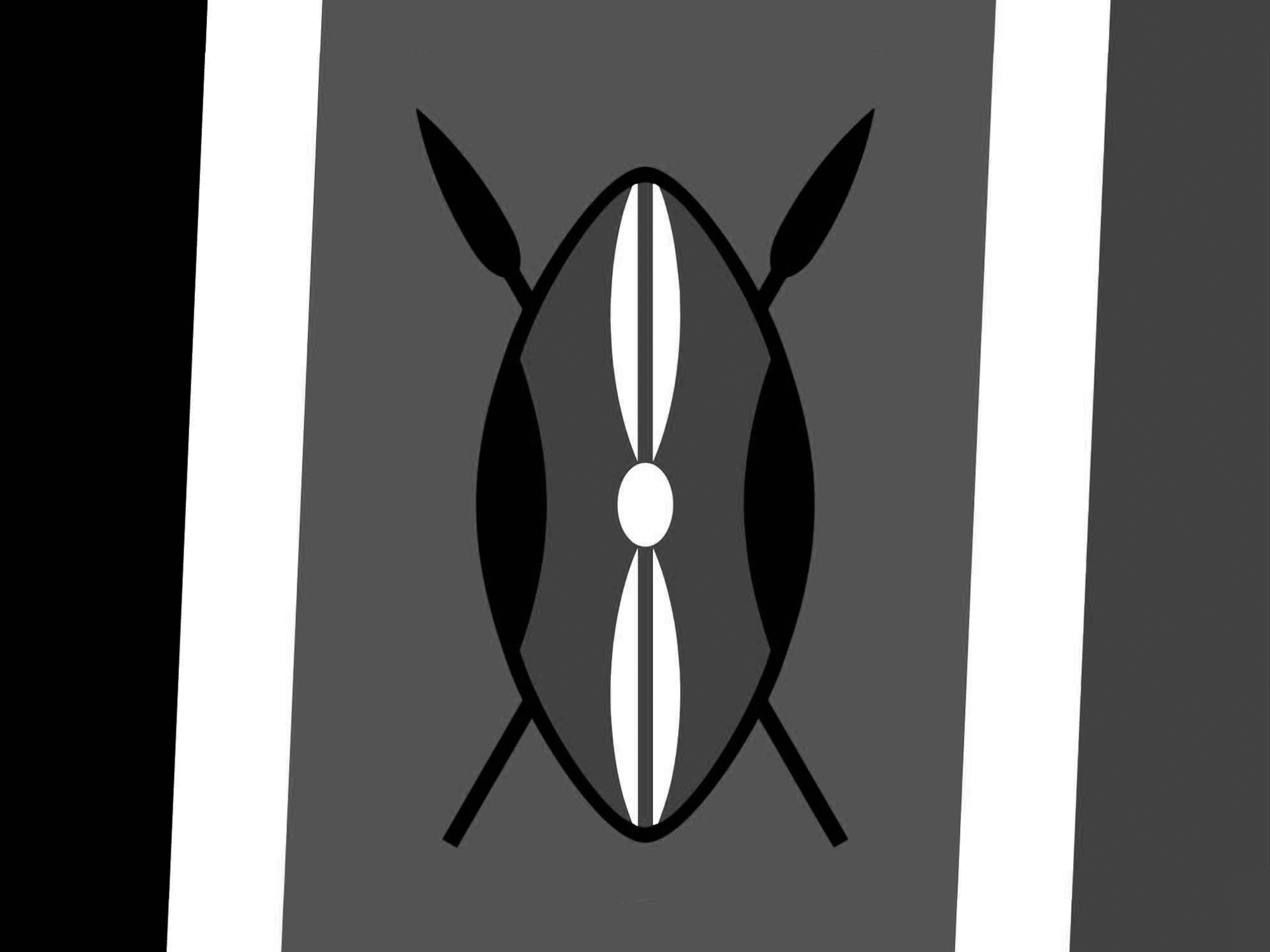Home » Media Centre » Blogs » Two-Third Gender Rule Where Are We Now?

The recent celebration of international women’s day seems to be as good a time as any to review how the country is doing on the issue of women’s representation in governance. Also 90 days have lapsed since the first reading of the Constitutional Amendment Bill so the bill and its provisions, including provisions on making the 2/3-gender principle a reality, are soon to return before Parliament.
The constitution promotes the participation of women and men at all levels of governance and makes provisions for proportional representation. It provides for women occupying at least a 1/3 of the seats in County Assemblies as well at least a 1/3 of the seats in the Senate. The constitution also provides for the enactment of legislation to compel Political Parties to be democratic and have women in their decision-making organs. Article 81 (b) of the constitution provides that “not more than two-thirds of the members of elective public bodies shall be of the same gender.” What the constitution does not provide for is the methodology to be used to ensure implementation of Article 81 (b).
Whether these provisions are enough to make people vote for women is the issue. A look at the voting history of Kenyans would suggest that left to chance it is unlikely that the gender representation threshold set in the constitution will be met.
In it’s review on the implementation of the 2/3-gender rule the Cabinet stated the requirement was technically impossible to achieve under the current stipulation. The Commission on Implementation of the Constitution’s (CIC) Advisory on the matter observed, “Unfortunately none of the state organs charged with the responsibility of implementing the constitution has a practical solution to this difficulty. At this point neither the Elections Act nor the Political Parties Act provides an effective mechanism for the implementation of Article 81 (b) of the constitution.”
Initially the cabinet had considered the possibility that all 80 additional seats created by the constitution could be allocated to women according to party lists with the largest party getting the most seats. According to the proposal, Kenyans would still elect men and women of their choice in the 210 existing constituencies. However political parties would submit lists of names to the Registrar of Political Parties before the election. After the election Parliament would look at which House, Parliament or Senate, had not met the two-third rule and the House would then use the nomination list to ensure the gender rule was met.
The constitutionality of the proposal was of course questionable considering that Article 97 (1) (a) of the constitution stipulates, “two hundred and ninety members, each elected by the registered voters of single member constituencies.” Consequently it has been proposed that a viable option would be to import the provision of Article 177 (1) (b) of the constitution i.e. the addition of the “number of special seat members necessary to ensure that no more than two-thirds of the membership of the assembly are of the same gender” to Article 97 with the necessary modifications. The effect of this would be that if the required gender ratio were not met through elections, political parties would be required to nominate additional MPs to meet the gender ratio requirement of the constitution.
Article 27 empowers the State to take “legislative and other measures to implement the principle that not more than two-thirds of the members of elective or appointive bodies shall be of the same gender.” So the amendment is feasible if two-thirds majority of Parliament agrees to it as per Article 256 of the constitution. The alternative of course would be to adopt a wait and see approach as to whether the 2/3-gender rule will be met through just the election process, but that may land us in a constitutional crisis. The flip side of the amendment is that the amendment on the gender requirements is lumped in with all sorts of other amendments to the constitution. So the choice is between accepting the Constitutional Amendment Bill wholesale to ensure the 2/3 gender rule is met, or rejecting the bill and risk throwing the baby out with the bathwater.
Categories: No tags
You must login to comment
There are no comments.